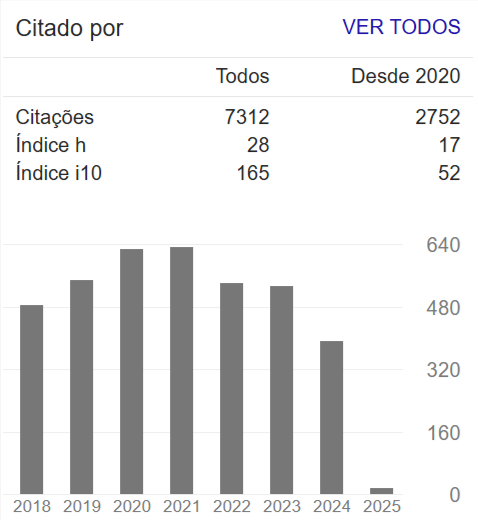Vapor Intrusion: The Pathway of Greatest Potential Risk
Abstract
For properties contaminated with volatile organic compounds, the pathway of greatest potential human health risk is often subsurface vapor intrusion to indoor air, also known as the vapor intrusion (VI) pathway. On average, people inhale about 20,000 L of air each day, compared to drinking only about 2L of water or ingesting a few grams of soil, which means the risk-based target concentrations for indoor air must be very, very low compared to other media. As a result, the methods used for sampling and analysis must be more careful to avoid bias from equipment contamination. Furthermore, there are several common chemicals that are often present in indoor air from consumer products and building materials, so background sources commonly complicate the interpretation of indoor air data. The indoor air concentrations also tend to be highly variable over time in response to changes in pressure gradients caused by natural barometric pressure changes, wind, water table fluctuations, and building ventilation systems. Spatial variability and geologic complexity also make soil gas sampling challenging. This paper presents new sampling methods and techniques to minimize the bias and variability in the data collected to assess the VI pathway and new methods for designing cost-effective mitigation systems.

















